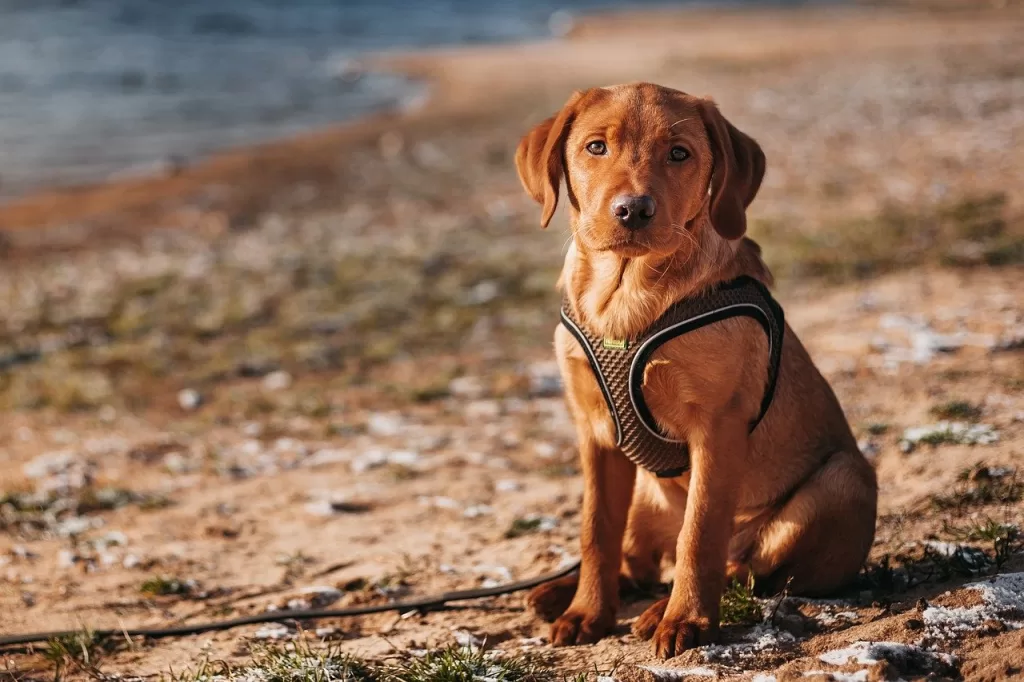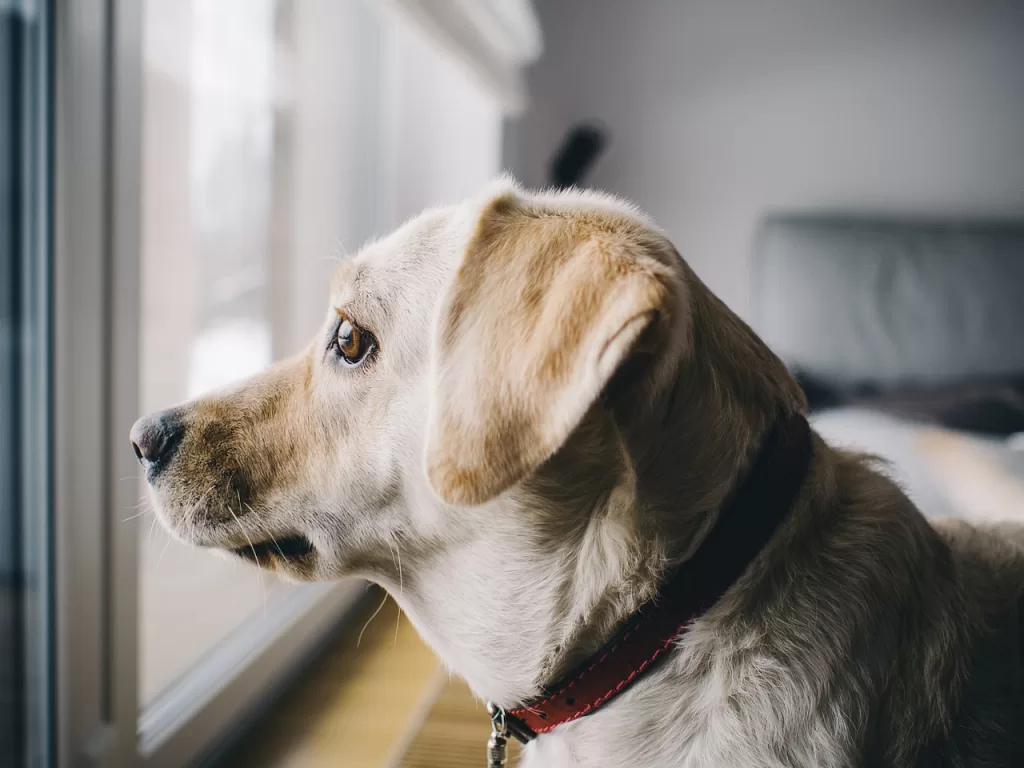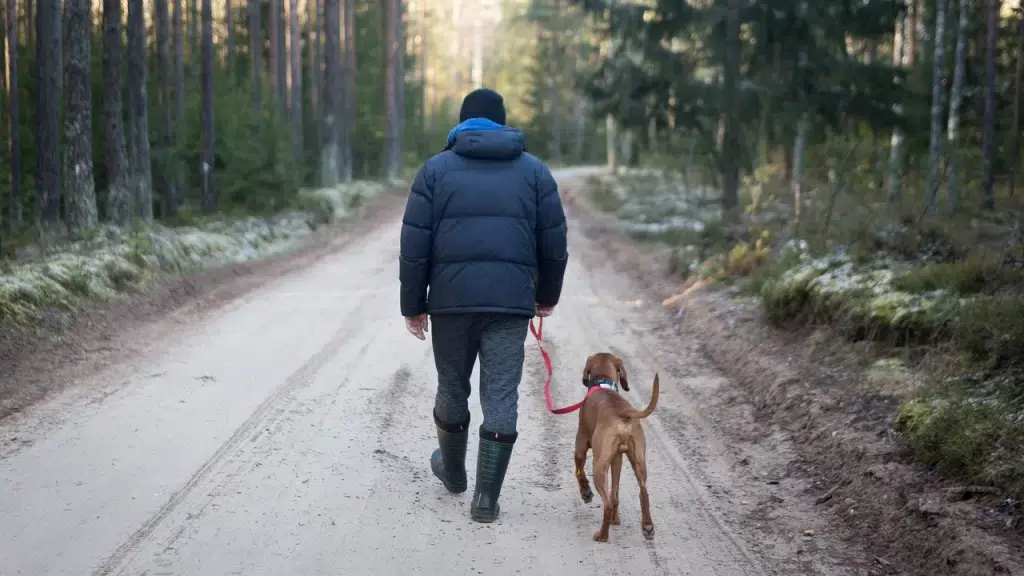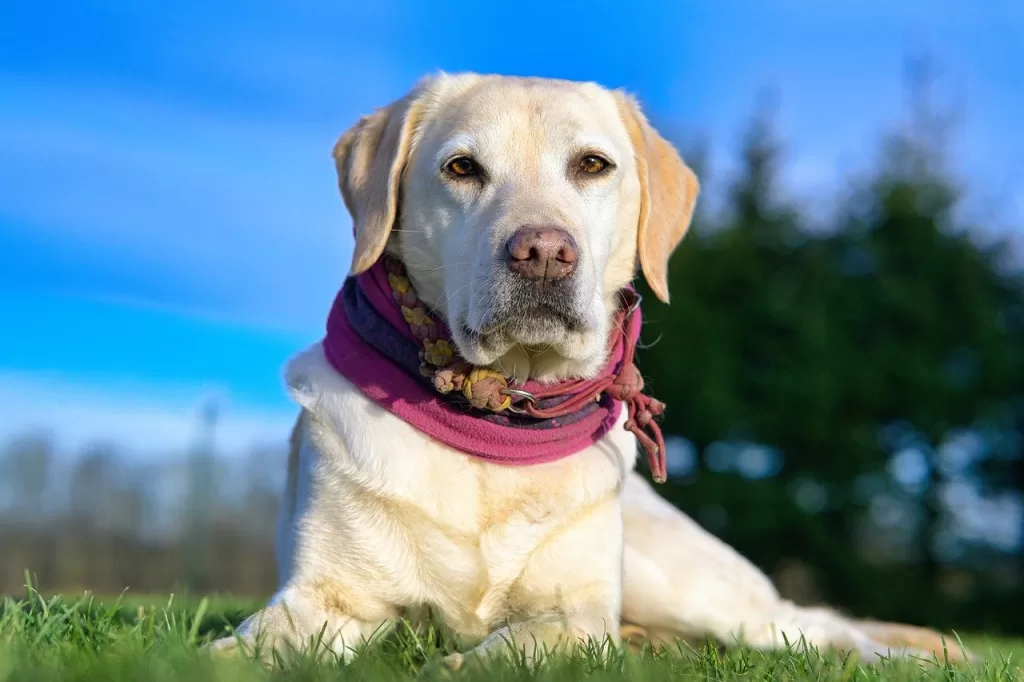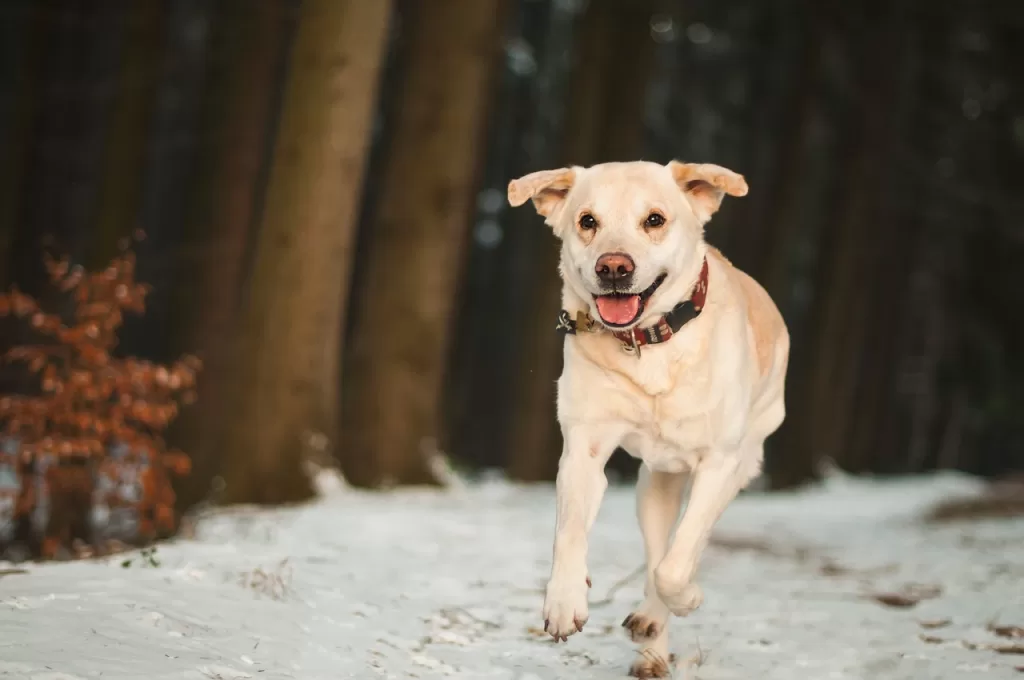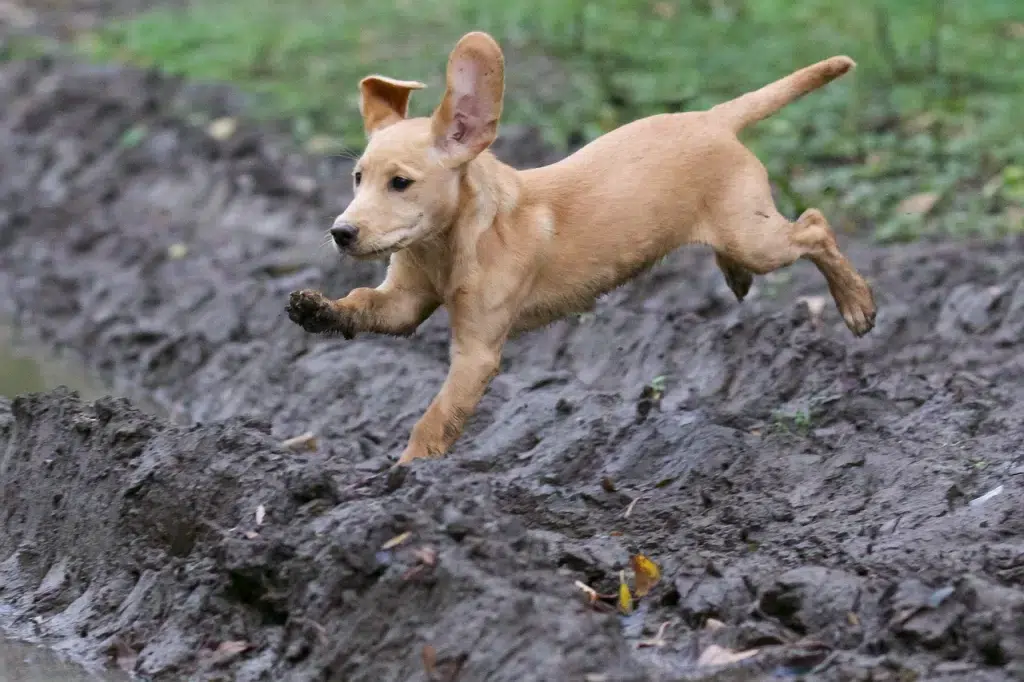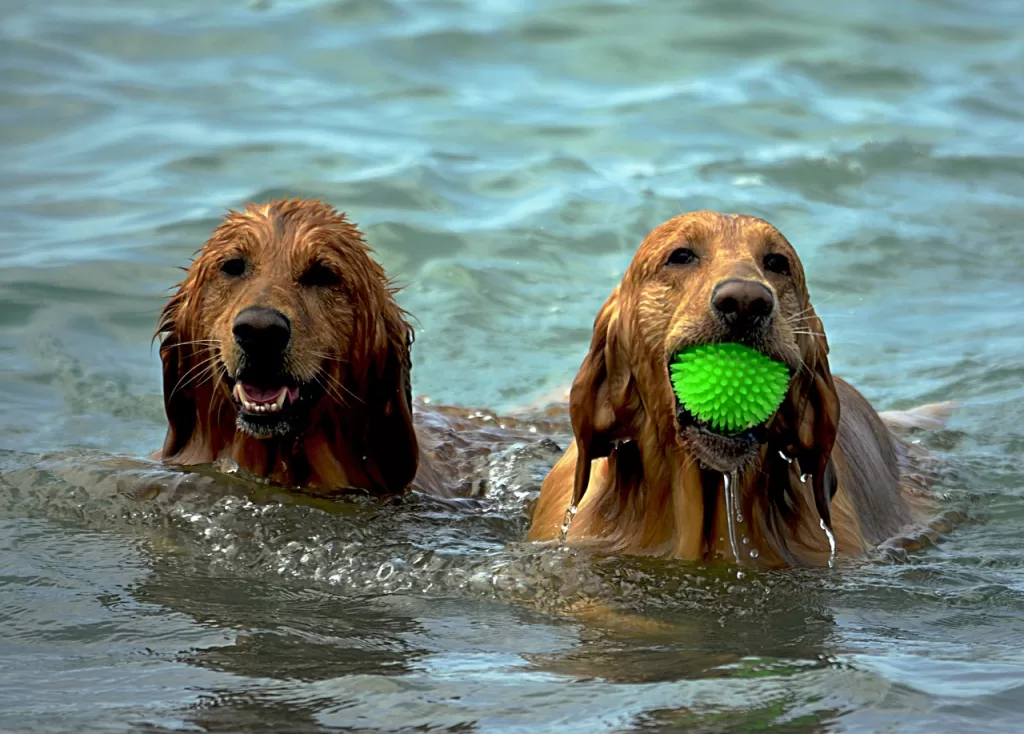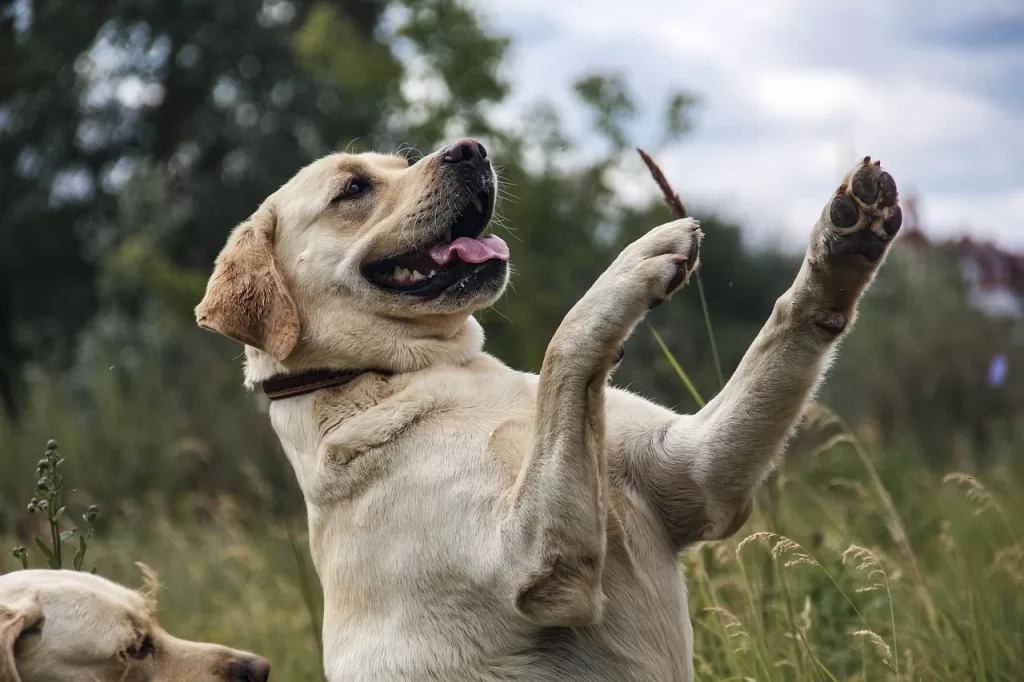Canine Connections: Strengthening Bonds Between Dogs and Their Humans
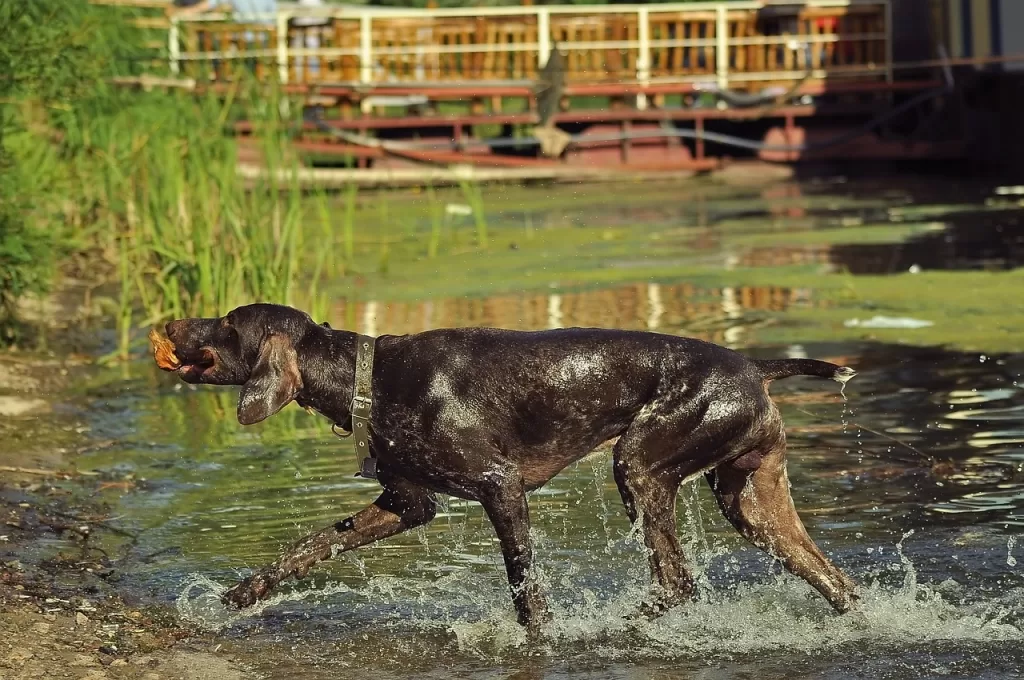
Introduction:
Building a strong and meaningful connection with your canine companion is not only heartwarming but also crucial for effective training and harmonious coexistence. In this blog, we’ll explore the key aspects of fostering a deep bond with your dog, understanding their needs, and how this connection plays a pivotal role in their overall well-being.
Understanding Canine Communication:
Dogs communicate in various ways, from body language to vocalizations. To strengthen your bond, it’s essential to learn and understand these cues. Pay attention to tail wagging, ear positioning, and even subtle facial expressions. By attuning yourself to your dog’s communication style, you’ll enhance the understanding between you and your furry friend.
Quality time matters:
Just like in human relationships, spending quality time together is vital for building a strong bond. Engage in activities your dog enjoys, whether it’s a game of fetch, a leisurely walk, or simply lounging together. This shared time creates positive associations and reinforces your connection.
Training as a Bonding Activity:
Training sessions are not just about teaching commands; they’re opportunities to strengthen your bond. Use positive reinforcement techniques, such as treats and praise, to make training a positive and enjoyable experience for your dog. This shared accomplishment enhances trust and deepens your connection.
Meeting physical and emotional needs:
A well-rounded bond addresses both the physical and emotional needs of your dog. Ensure they have a balanced diet, regular exercise, and proper veterinary care. Additionally, provides mental stimulation through puzzle toys, interactive games, and new experiences. Meeting these needs fosters a sense of security and trust.
Building Trust Through Consistency:
Consistency is key in any relationship, including the one you share with your dog. Be consistent in your daily routines, training methods, and rules. Dogs thrive on predictability, and a consistent environment helps build trust and reinforces the bond you share.
Mindful Affection and Positive Reinforcement:
Express your love and affection mindfully. Dogs respond well to positive reinforcement, so be generous with praise, pets, and treats when they exhibit desired behavior. This positive feedback creates a positive association with your presence and reinforces the bond between you.
Conclusion:
In the journey of strengthening the bond between you and your dog, patience, understanding, and consistency are your greatest allies. Remember, the connection you share is a two-way street. As you invest time and effort into building a meaningful relationship, your dog will reciprocate with loyalty, trust, and an unwavering companionship that enriches both your lives. Cherish the moments, celebrate the victories, and revel in the unique bond that makes the connection between humans and dogs truly special.
Canine Connections: Strengthening Bonds Between Dogs and Their Humans Read More »

